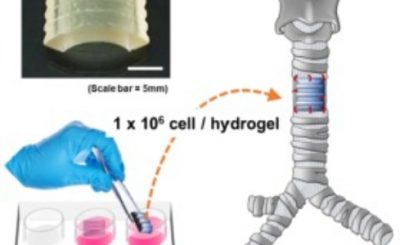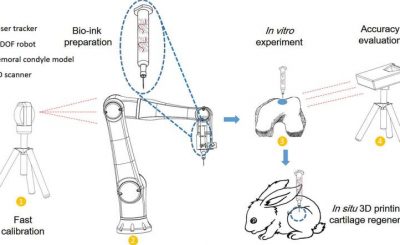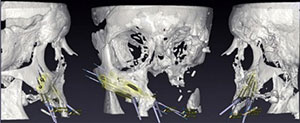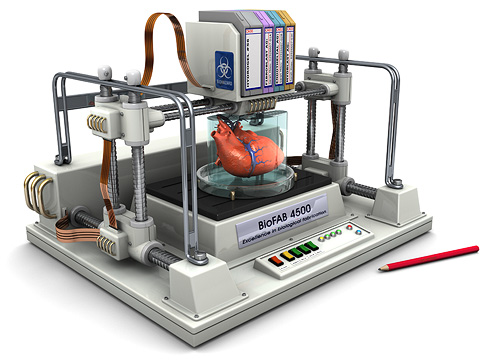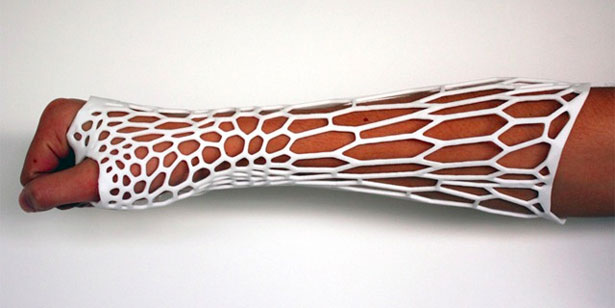The ongoing conflict taking place in the Middle East between Israel and Palestine is among the most distressing in modern history. In addition to regular civilian causalities and the widespread destruction of homes and infrastructure, rendering the water undrinkable and making electricity a rare commodity, the siege of Gaza and maintains a blockade that prevents basic goods from entering the area. Until 
Loubani launched the Gila project in 2012, after the destruction of numerous public and NGO buildings, resulting in civilian deaths and injuries, brought the doctor in contact with numerous Gazan patients, but without the necessary medical supplies to treat them. According to The Register, Loubani told the Chaos Communications Camp in Zehdenick, Germany, “I had to hold my ear to the chests of victims because there were no good stethoscopes, and that was a tragedy, a travesty, and unacceptable.” At one Gazan hospital, taking care of more than a million patients, Loubani suggests that there was only one otoscope, for examining ears, and several stethoscopes.

A 3D printed needle driver for surgery.
Loubani continues, “We made a list of these things that if I could bring them into Gaza, into the third world in which I work and live, then I felt like I could change the lives of my patients. I wanted the people I work with to take it, and to print it, and to improve it because I knew all I wanted to do was bring the idea.” 
The makeshift stethoscope wasn’t cheap to produce, though. Working with a team of experts and hackers, the R&D costs to create it total somewhere around $10,000, including the construction of the low-cost RepRap Prusa i3. The stethoscope designs, however, are now free to the world. And Loubani is confident that it works, saying, “This stethoscope is as good as any stethoscope out there in the world and we have the data to prove it.” As Loubani and the Gila project seek independent reviewers to build and use the device, the doctor believes that the peer-review process will be a “cake walk”. The hard part will be developing more advanced equipment.

Next, the Gila project is working on a 
The most recent version of the Pulse Ox device.

